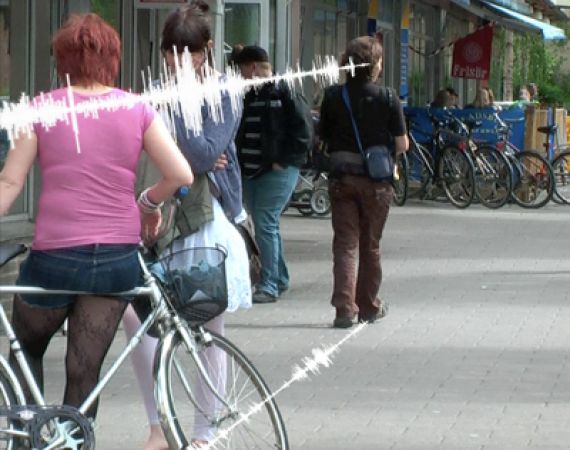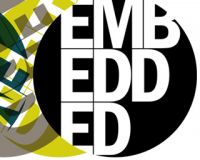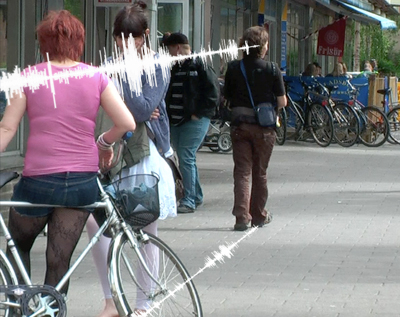Posted on Thu 26 May 2016
Tapping Machines
The new direction of the project is to build machines that will tap on objects depending on the speed of someone walking in the city. Visitors to an exhibition would take a ‘mobile space metronome’ for a walk and listen to sound created by the speed of their own movement. This movement data…

Posted by
Project

Embedded Artists Residency
iShed and Sound and Music, were delighted to award artist Jen Southern this valuable opportunity to develop a new project exploring sonic art, pervasive technologies and touch.The new direction of the project is to build machines that will tap on objects depending on the speed of someone walking in the city. Visitors to an exhibition would take a ‘mobile space metronome’ for a walk and listen to sound created by the speed of their own movement. This movement data would also be sent back to the exhibition where a machine will tap faster and slower depending on their speed. The machines will tap on objects, which can be changed to make different noises.
In the past year I’ve been writing about the different temporalities of landscapes, animals and people and how they work together. The sociologist Henri Lefebvre’s ideas about rhythmanalysis suggest that to understand the city you have to be caught up in its rhythms, but in order to analyse those rhythms you need to be slightly removed, perhaps to the height of a balcony above the street.
If movement is sonified by tapping-machines in an exhibition, an audience can either take the 'mobile space metronome' for a walk and become caught up in the rhythms of the city, or they can listen to the tapping machines from the distance of the gallery. Eventually, there will be tapping-machines connected to different movements around the city. In an exhibition all of these rhythms would be heard in the same space, where people could walk between them as the city composes its own rhythmical sound track.

Inspired by the way this video by Korb makes a moving line into a sound wave.
